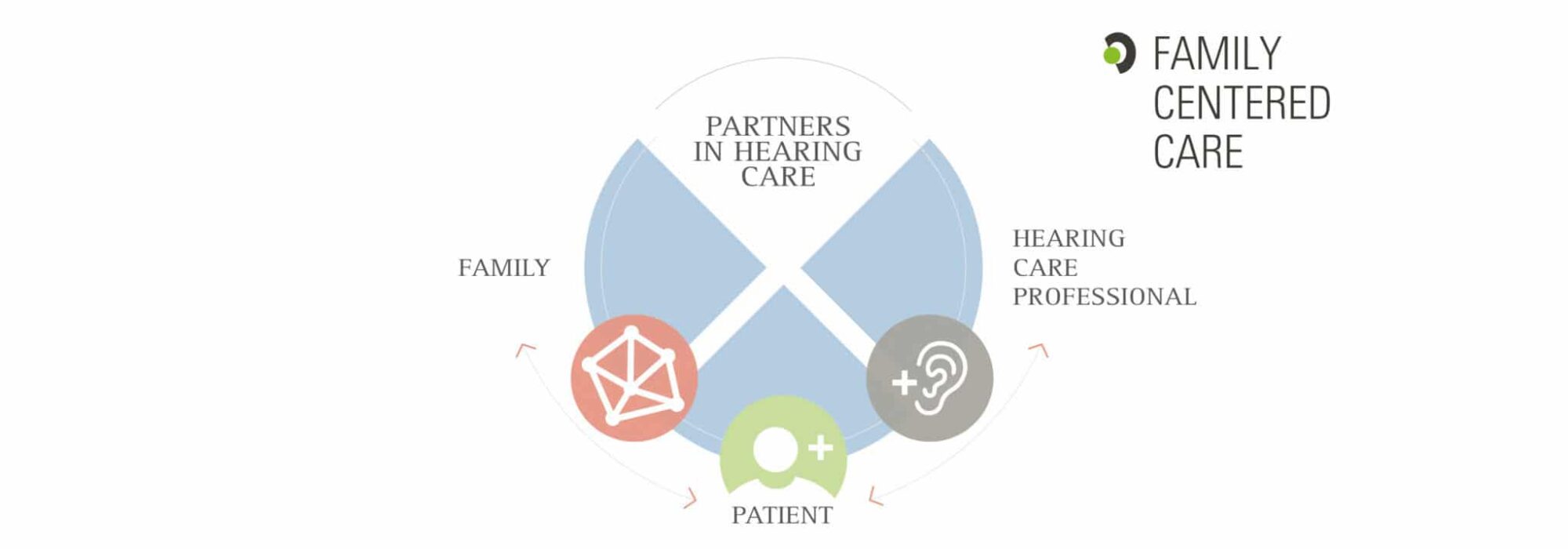Dyslexia Tutoring: Approaches And Techniques For Reliable Understanding
Dyslexia Tutoring: Approaches And Techniques For Reliable Understanding
Blog Article
Created By-Wren Blankenship
If you're working with a student who has dyslexia, you know exactly how critical it is to embrace the right approaches. Customizing your technique to fit their special requirements can make a substantial difference in their discovering journey. By including multisensory techniques and structured literacy programs, you can help them construct crucial abilities. But what anxiety and cognitive behavioral therapy can you implement to genuinely foster their confidence and development? Let's explore these efficient methods with each other.
Recognizing Dyslexia and Its Impact on Understanding
Recognizing dyslexia is important since it affects just how individuals discover and process details. If you or a person you recognize has dyslexia, you'll observe challenges with reading, punctuation, and writing. This isn't a reflection of knowledge; it has to do with exactly how the brain analyzes language.
You might battle with phonemic understanding, making it tough to connect audios to letters. This can cause frustration and decreased self-confidence in academic atmospheres. Acknowledging these patterns is crucial for developing supportive discovering experiences.
You'll locate that early intervention and customized approaches can considerably enhance end results. By recognizing the unique ways dyslexia influences discovering, you can promote a more inclusive atmosphere, helping those affected grow and realize their full possibility.
Efficient Tutoring Approaches for Dyslexic Students
Recognizing the difficulties dyslexic pupils face opens the door to effective tutoring strategies that can make a genuine difference in their knowing trip.
Initially, utilize multisensory methods; incorporate aesthetic, auditory, and kinesthetic strategies to engage them totally. Include structured literacy programs, concentrating on phonics, phonemic recognition, and vocabulary.
Break down jobs right into smaller sized, workable actions to stay clear of frustrating them. Encourage constant practice and repetition, strengthening discovering without aggravation. Usage click here to read to boost their self-confidence and inspiration.
Tailor your methods to their special staminas, and be patient as they proceed. Finally, preserve open communication with parents to sustain their understanding at home.
Creating a Supportive Discovering Setting
Producing a helpful knowing environment is crucial for aiding dyslexic students flourish. Start by making sure the room is quiet and without distractions, allowing them to concentrate completely on their jobs.
Usage versatile seating arrangements that advertise comfort and involvement. Include aesthetic aids and hands-on products to strengthen discovering concepts, dealing with their one-of-a-kind processing designs.
Urge open interaction, so pupils really feel risk-free expressing their battles and requesting help. Celebrate their successes, despite how tiny, to enhance their confidence.
Develop https://www.frontiersin.org/journals/psychology/articles/10.3389/fpsyg.2021.768061/full to provide framework, which can minimize stress and anxiety. Lastly, foster partnership with peers, as social interaction can boost learning and supply emotional support.
discover here will certainly create a nurturing environment that promotes growth and strength.
Final thought
In conclusion, successfully coaching a dyslexic pupil calls for a blend of understanding, tailored methods, and a supportive setting. By using multisensory methods and structured proficiency programs, you can aid enhance important skills and boost confidence. Remember to keep interaction open, break tasks into smaller sized actions, and celebrate development, no matter how tiny. With your dedication and the best approach, you can make a substantial distinction in their academic journey and total well-being.
